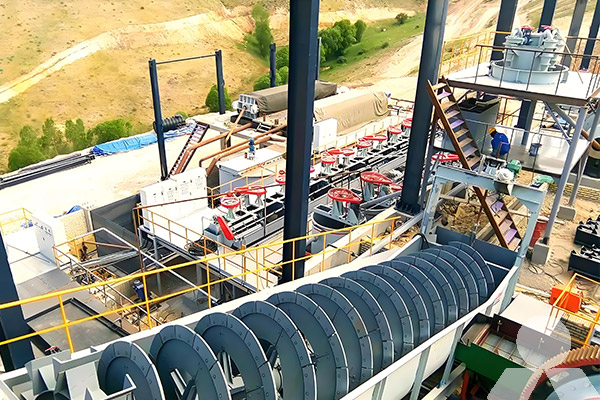How Is Copper Extracted from a Mine?
Copper is one of the most essential metals in modern life, used in electronics, construction, and renewable energy systems. But how is copper extracted from a mine? The process involves several steps, from mining the ore to refining pure copper.
1. Mining Copper Ore
Copper is primarily extracted through two mining methods:
- Open-Pit Mining: Used when copper deposits are near the surface. Large machinery removes overburden (rock and soil) to access the ore.
- Underground Mining: Used for deeper copper deposits. Miners dig tunnels and shafts to reach the ore body.
2. Crushing and Grinding the Ore
Once extracted, the copper-bearing rock is crushed into smaller pieces in a jaw or cone crusher. The crushed ore is then ground into a fine powder in a ball mill or SAG (semi-autogenous grinding) mill to liberate copper minerals.
3. Froth Flotation (Concentration)
The powdered ore is mixed with water and reagents (chemicals that make copper minerals hydrophobic). Air is blown into the mixture, creating bubbles that carry copper particles to the surface. These frothy concentrates contain about 25-35% copper.
4. Smelting the Copper Concentrate
The concentrated copper is smelted in a furnace to remove impurities:
- The concentrate is heated to 1200°C, turning it into a molten mixture called matte (~60% copper).
- It is further refined in a converter to produce blister copper (98-99% pure).
5. Electrolytic Refining
Blister copper is cast into anodes and placed in an electrolytic cell. An electric current dissolves impurities, depositing 99.99% pure copper cathodes, ready for industrial use.
Conclusion
Copper extraction involves mining, crushing, flotation, smelting, and refining. Each step ensures high-quality copper production for global industries. Advances in mining technology continue to make the process more efficient and sustainable.

